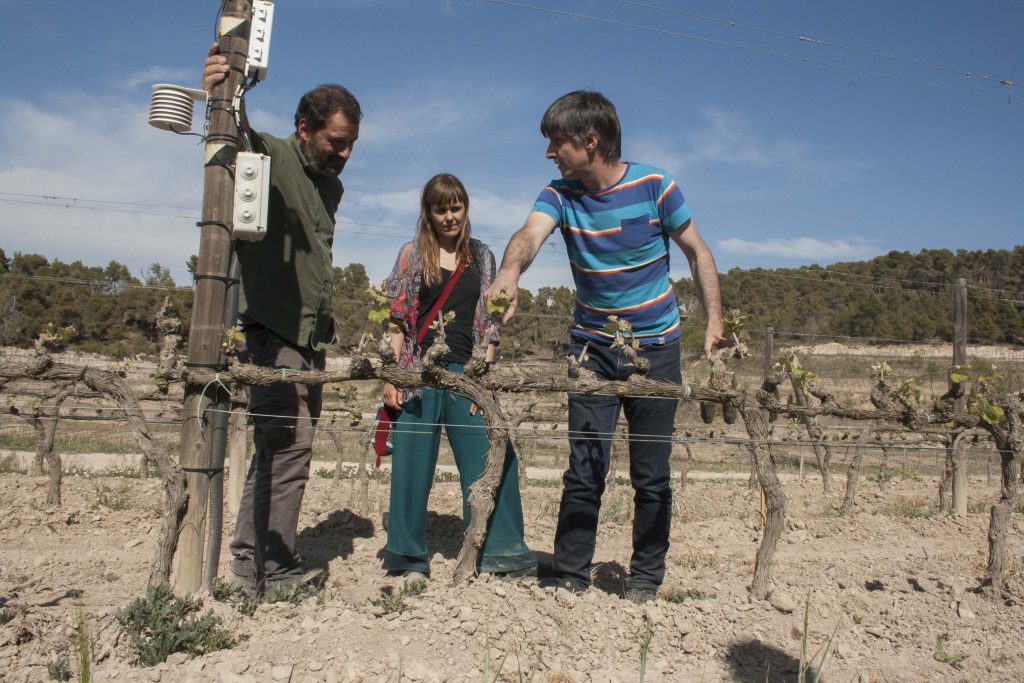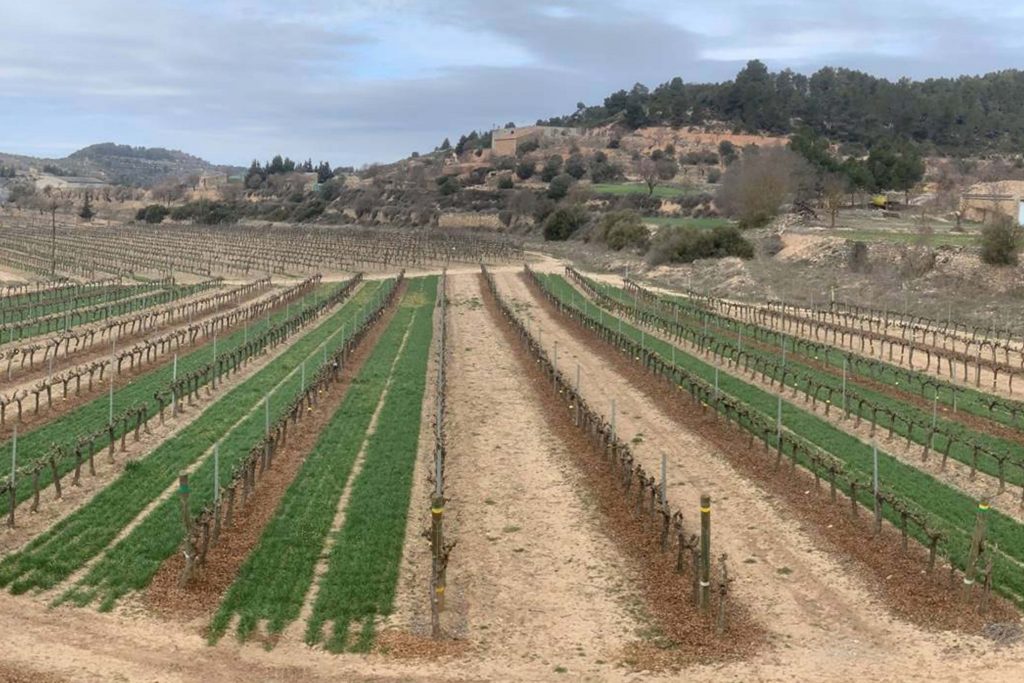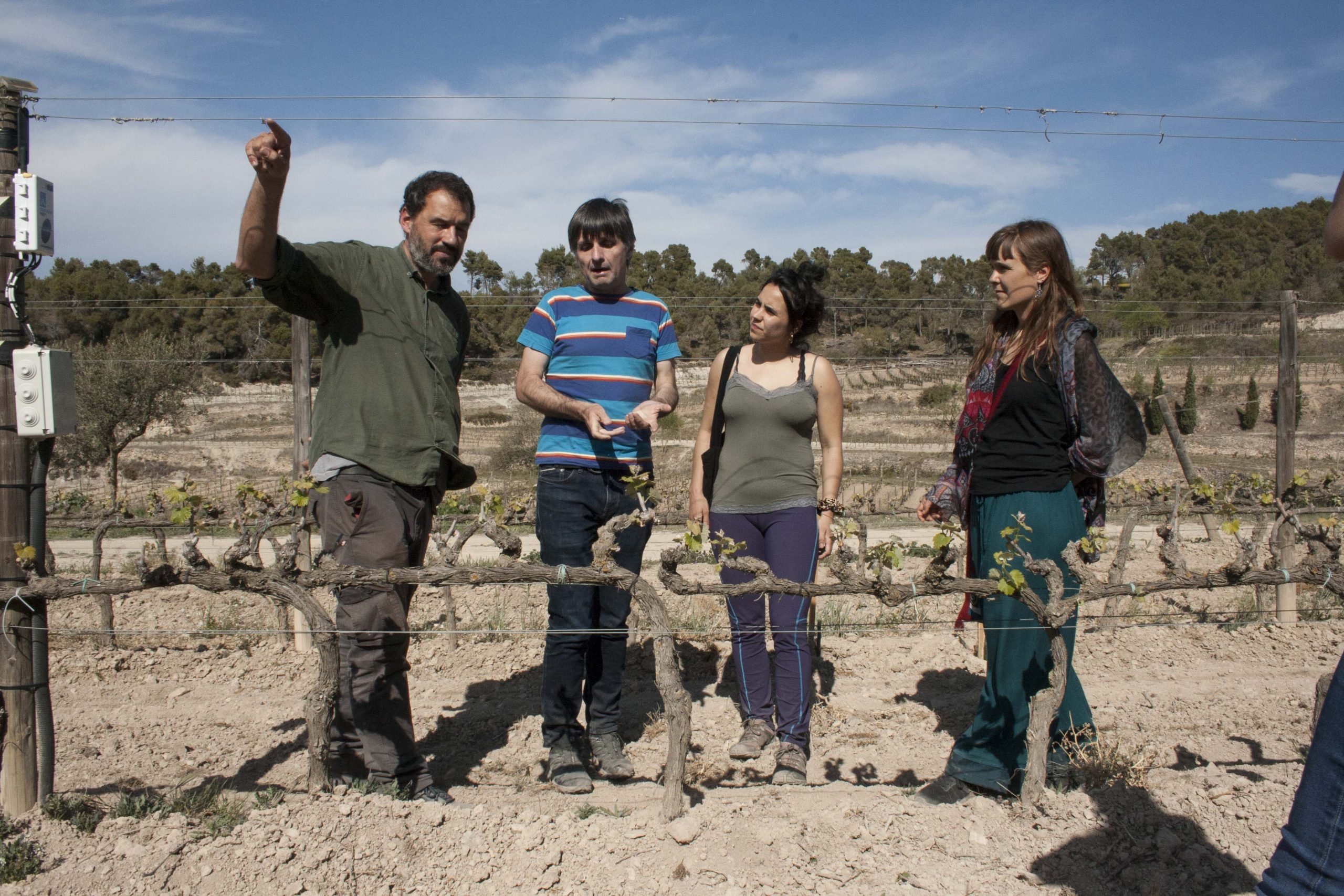This is a project supported by the Environmental IRPF Program managed by Coceder, with the support of researchers from the School of Agronomy of theUniversitat de Lleida, in which the use of this soil management tool is proposed as an alternative to traditional tillage.
The use of different of crop cover is being viewed more and more as an alternative in rainfed viticulture, both for the beneficial effects they can produce (improvement of the mineral and biological fertiliy of the soil, ease of movement of machines and people, regulation of plant health) and for the impact on climate change (net CO2 capture) over other soil management alternatives. From the perspective of the long-term sustainability of any agroecosystem, studying this soil management tool in different contexts therefore becomes a key area of viticulture.
This study is expected to last three years and it began in the 2021/2022 campaign (with a three-year forecast) in an organic vineyard directly managed by L’Olivera, planted with historical varieties (Garnacha tinta and tintorera), and located in Nalec, in the Urgell region (southeast of Lleida). The vineyard is located in a semi-arid continental Mediterranean climate zone at an altitude of 600m and facing northwest.
The proposed objectives focus on the following aspects: – Evaluate the establishment of the different covers and their effect on the presence of weeds. – Evaluate the effect of covers on grape health and production in the vineyard. – Evaluate the effect on covers on the physical, chemical and biological properties of the soil.
In the trial of a temporary buried cover (“green fertiliser”) the first results have revealed a high growth of the planted species, an equivalent grape yield in the two alternatives (the production parameters per vine have not been statistically different) and a lower vegetative development in the cover planted species. In the test of a permanent multi-year cover in relation to a tilled soil, in the trial with cover the vegetative development of the vine has been lower. Yield per strain has not been statistically different.


The study also wanted to include some innovative techniques, in this case the LiDAR (Light Detection and Randing) sensors, which allowed the measurement of the foliar canopy as an indicator of plant health.
All this leads to continued study of the effects on the vine (health and yield), especially in these years where the factor of water scarcity is proving decisive. The first results have served to improve the management of the soil, incorporating new elements that allow improving viticultural practices, the quality of the grapes and the sustainability of the project in general, especially in a context where the economic viability of the farms is at risk due to different factors (agronomic, social and economic).
